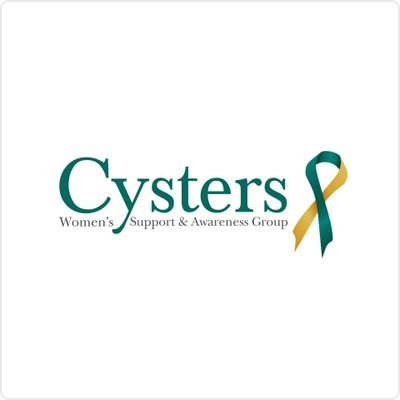This month is Endometriosis Awareness Month.
This month is Endometriosis Awareness Month. Chances are you’ve never heard of it.
For those unfamiliar with endometriosis, it is vital, that you are aware of its prevalence. One in ten women has this condition. That means, it is likely someone you know if suffering with this condition. It is as common as asthma or diabetes.
The condition is shrouded in mystery and misinformation – a situation that seems to extend to medical practitioners in the United Kingdom, as well as patients themselves.
Endometriosis is a known as an incurable disease which can affect women for most if not all of their lives. However, to describe it as incurable would be erroneous. With proper, effective, surgical treatment, it can indeed be resolved, enabling women to go on to lead pain free lives.
So what is it?
The disease involves lesions, made of tissue similar to that lining the uterus, being present elsewhere in the body. These lesions cause bleeding, inflammation and pain, and over time they can become deeper and more invasive. This creates scarring and adhesions which impact upon other organs and structures, causing them to fuse together causing implications for fertility and for normal organ function.
It can cause pelvic pain at any time, and not just during your period. Women can experience bloating, fatigue, bowel & bladder problems, rectal bleeding, aching in legs, back and pain during sex.
How is it diagnosed?
Endometriosis doesn’t always show up on ultrasound scans, CT Scans, MRIs or endoscopies. It is usually diagnosed via a laparoscopy, which spots the adhesions during the keyhole surgery.
What else should I know?
Some women find that endometriosis affects their fertility and they can’t get pregnant or maintain a pregnancy. If disease is properly removed their chances of conceiving improve.
Hysterectomy is NOT a cure for endometriosis. Even removing the ovaries won’t necessarily help. This is because endometriosis creates its own hormones to survive.
Pregnancy is NOT a cure for endometriosis. Some women will experience relief during pregnancy because of increased progesterone levels – but many won’t experience any relief at all. Afterwards, the symptoms often return
Talking to Your Doctor about Endometriosis
If you have or think you have one or more symptoms of endometriosis, talk to your doctor right away. But there are some steps that you should take in addition to this first step to make sure you are an active part of the treatment of your endometriosis.
Keeping a Pain Diary Keeping a diary is an important first step in endometriosis diagnosis and treatment. By keeping a detailed list of your pain and other endometriosis symptoms, you will be able to decide which therapy is best for you.
Make sure you keep a detailed account of your symptoms. Make sure your cover the type of pain (is it a sharp pain or an aching pain, for example?); location (where do you feel the pain?); duration (how long does your pain last?); and intensity (how bad is your pain on a scale of one to ten?).
In the Waiting Room
While waiting to see your doctor, don’t just flip through a copy of the latest fashion magazine. Review your questions for your doctor; read through your pain diary to summarize your symptoms. Plus you won’t leave the office feeling like all your questions have gone unanswered.
Face-to-Face with Your Doctor
It’s important to establish a good doctor-patient relationship. Be open and precise about your symptoms; never downplay them. Minimizing your pain hurts your chances of getting appropriate treatment for your Endometriosis.
Some questions to ask your doctor could include:
* What treatment plan do you suggest?
* How will we know if this plan isn’t working?
* What are the benefits and risks of this treatment plan?
* What treatment alternatives do I have?
* What will happen if we do nothing about my symptoms?
Endometriosis can be both physically and emotionally crippling. Finding ways to cope with the condition is important to maintaining your health. If you suspect that you may have endometriosis, it is important to talk with your doctor about it, we are also on hand to offer you any support.
Cysters will be running campaigns across Twitter to highlight these issues throughout the month and as always we will be talking about all things “endo” during our #CystersChat every Tuesday 7 – 8pm!
Remember whatever gynaecological problem you may be going through, you are beautiful and still a woman! Love Neelam <3
Twitter: @cystersbham
Facebook: Cysters Women’s Support and Awareness Group
Email: [email protected]
Website:www.cysters.co.uk

